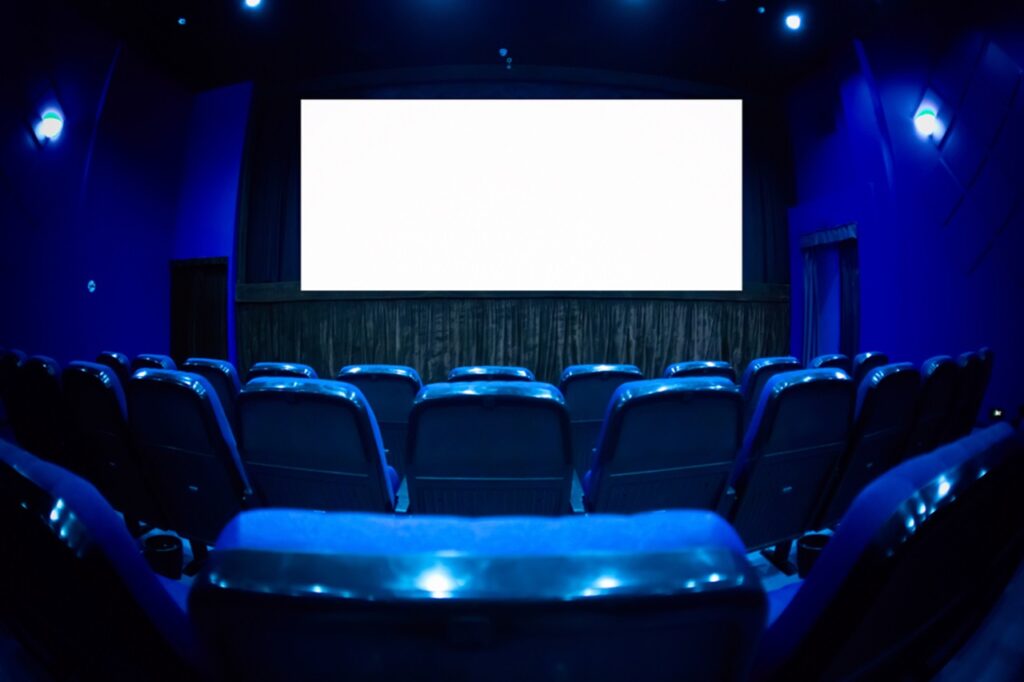This article explores the evolution of CGI, highlighting key milestones and its influence on modern cinema. Its impact on modern cinema is profound, transforming how stories are told and experienced. Computer-generated imagery (CGI) has revolutionized the film industry.
Early Days of CGI
The origins of CGI date back to the 1970s. Early examples include the use of simple wireframe models in movies like “Westworld” (1973). These initial attempts were groundbreaking. However, the technology was limited and costly.
The 1980s saw significant advancements. “Tron” (1982) and “The Last Starfighter” (1984) pushed the boundaries of what CGI could achieve. These films used computer-generated effects to create fantastical worlds and characters. Despite their success, CGI was still a novelty rather than a standard practice.
The Breakthrough with “Jurassic Park”
A major breakthrough came with “Jurassic Park” (1993). Directed by Steven Spielberg, this film showcased the potential of CGI in modern cinema. The realistic depiction of dinosaurs captivated audiences. It was a pivotal moment that demonstrated CGI’s capability to create lifelike creatures and environments.
“Jurassic Park” set a new standard. It combined CGI with practical effects, enhancing the overall realism. The film’s success proved that CGI could be an integral part of storytelling, not just a gimmick.
The Rise of Digital Characters
The late 1990s and early 2000s saw the rise of digital characters. “Toy Story” (1995) was the first fully computer-animated feature film. It opened new possibilities for animation and storytelling. Pixar’s success led to more animated films using CGI.
Live-action films also began integrating digital characters. “The Lord of the Rings” trilogy (2001-2003) featured Gollum, a fully CGI character. Andy Serkis’s performance, combined with advanced motion capture technology, brought Gollum to life. This marked a significant evolution in CGI, blending human performance with digital artistry.
Advancements in Motion Capture
Motion capture technology advanced rapidly. It allowed for more realistic and expressive digital characters. Films like “Avatar” (2009) took this technology to new heights. James Cameron’s epic used motion capture to create the Na’vi, blending live-action and CGI seamlessly.
“Avatar” showcased the immersive potential of CGI in modern cinema. It highlighted how digital environments and characters could enhance storytelling. The film’s success spurred further investment in CGI and motion capture technologies.
CGI in Blockbuster Films
CGI became a staple in blockbuster films. The Marvel Cinematic Universe (MCU) relied heavily on CGI to bring superheroes and their worlds to life. Films like “The Avengers” (2012) and “Guardians of the Galaxy” (2014) used CGI extensively. These movies demonstrated how CGI could create visually stunning and commercially successful films.
The use of CGI expanded beyond just characters and environments. It enhanced action sequences, special effects, and even entire scenes. Modern cinema embraced CGI as an essential tool for creating immersive and engaging experiences.
Realism and Hyperrealism
The pursuit of realism became a key focus in CGI development. Films like “Gravity” (2013) and “The Jungle Book” (2016) pushed the boundaries of what CGI could achieve. These movies featured hyperrealistic environments and characters, blurring the line between reality and digital creation.
The evolution of CGI in modern cinema aimed to create visually convincing experiences. Advances in rendering, lighting, and texture mapping contributed to this realism. Audiences could now experience lifelike visuals that enhanced the storytelling.
Challenges and Criticisms
Despite its success, CGI in modern cinema faced challenges and criticisms. One major concern was the over-reliance on CGI, leading to less practical effects and real locations. Critics argued that excessive CGI could make films feel less authentic and emotionally engaging.
Another challenge was the “uncanny valley” effect. This phenomenon occurs when digital characters appear almost, but not quite, human. The slight imperfections can make them unsettling to viewers. Filmmakers continuously work to overcome this challenge, striving for more realistic digital humans.
The Future of CGI
The future of CGI in modern cinema looks promising. Emerging technologies like virtual reality (VR) and augmented reality (AR) will further revolutionize filmmaking. These innovations will allow for even more immersive and interactive experiences.
Real-time rendering and AI-driven animation are also on the horizon. These advancements will streamline production processes and enhance visual quality. The evolution of CGI will continue to push the boundaries of what is possible in modern cinema.
Conclusion
The evolution of CGI in modern cinema has been transformative. From its early days to the present, CGI has revolutionized how stories are told on screen. It has enabled filmmakers to create fantastical worlds, lifelike characters, and immersive experiences.
CGI’s journey from simple wireframes to hyperrealistic visuals showcases its potential and impact. Despite challenges, CGI remains an essential tool in modern cinema. Its continued evolution promises exciting possibilities for the future of filmmaking.
In the end, CGI has not only changed the way films are made but also how they are experienced. The evolution of CGI in modern cinema is a testament to the power of technology and creativity in shaping the future of storytelling.
